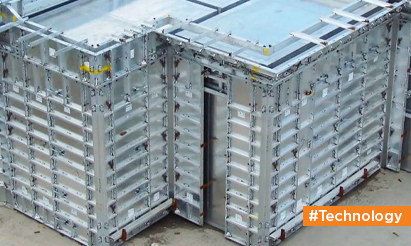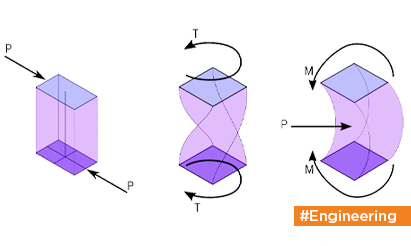Explanation of the India VIX: What exactly is the India VIX and how does it operate?
The stock sector is regarded to be volatile, with significant riskiness meaning that stock values can swing dramatically higher and backward in a small space of time. Market participants may have heard of terminologies like the worry index or the Volatility Index. It is critical to comprehend the India VIX, also known as the India Volatility Index, which assists Indian investors and traders in understanding volatility-induced movements. In this post, we will go over all there is to know about VIX India and how it may help you make educated financial decisions.
What exactly is India VIX?
The India VIX, or India Volatility Index, is a real-time index generated by the NSE (National Stock Exchange) that measures the projected market volatility in the Nifty50 Index over the following 30 days. The result for volatility is presented as a percentage. The NSE established the India VIX volatility index is 2008, and it is carried out on the basis theory developed by the Chicago Board Options Exchange (CBOE). The CBOE released the volatility index for the US market for the first time in 1993, based on S&P 100 Index valuation models. The methodology was changed in 2003, and the current volatility index was predicated on S & amp; P 500 Index options.
Typically, the volatility index rises when the market experiences constant oscillations, indicating an increase in volatility. Volatility is commonly defined as the rate and size of price movements, and it is also alluded to as risky. The volatility index falls as volatility decreases and the market experiences fewer oscillations.
For stock market investors and traders trying to profit from a volatile trading environment, it is critical to be informed of fluctuations in the Indian VIX values, which reflect market volatility. This aids in obtaining an accurate impression of market circumstances while monitoring existing assets or considering new ones. Higher India VIX levels should be accompanied by increased volatility. Likewise, a lower India VIX indicates lesser market volatility.
Nifty vs. India VIX
The VIX is not the same as a price index like the Nifty. The price index is constructed by taking the price movements of the underlying shares into account. India VIX, on the other hand, is based strictly on the order book of the underlying index options and is expressed as a percentage. Historically, the India VIX and the Nifty have had a negative association. That is, when the volatility index rises, the Nifty declines, and vice versa. Many market investors and traders utilise the India VIX. If the India VIX rises and market panic grows, the Nifty will decline. This India VIX level might signify a good moment to invest in the stock market.
India VIX: Importance and Use in the Indian Market
The India VIX index assists investors and traders in gauging market volatility and assessing market risks for stocks. If market volatility rises, intraday traders face the danger of repeated stop-loss triggers. As a result, they may decide to reduce their leverage or increase their stop losses. Considering the market position, as represented by the India VIX, enables them to make more informed judgments.
The VIX is an excellent indication for long-term investors who are unaffected by short-term volatility. If the market continues to rise over time, the investments are expected to increase in value. Yet, institutional investors face risk and MTM loss constraints. The India VIX index is a measure of increased market volatility. Market participants could use the India VIX indicator to determine whether to purchase or sell a choice. Futures seem to be more lucrative for buyers who may anticipate gains when market volatility is predicted to increase.
How is the India VIX determined?
The India VIX is calculated using a complicated mathematical technique. The following are the many factors used to construct the index:
Time to expiry is measured in minutes rather than days to provide the level of certainty demanded by experienced traders.
Interest rate: For the relevant expiration months of Nifty option contracts, the applicable tenure rate, which is for 30 days or 90 days, is regarded as the risk-free interest rate.
The forward index level: The India VIX is calculated to deliver the best put option detected using the advanced index level. The forward index level allows for the establishment of the at-the-money (ATM) strike, which aids in the selection of put options evaluated for computing the India VIX. The forward index level is the most recent known price of the Nifty long term contract for the applicable expiry month.
Disclaimer: The views expressed above are for informational purposes only based on industry reports and related news stories. PropertyPistol does not guarantee the accuracy, completeness, or reliability of the information and shall not be held responsible for any action taken based on the published information.




